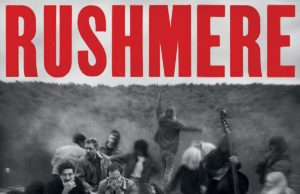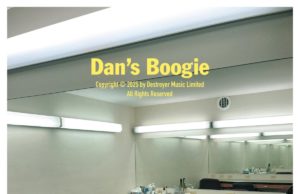This came out in 2002 – or at least that’s when I got it. Here’s what I said about it back then (with some minor editing):
If Bonnie Raitt’s career were a TV movie, it would be a two-part mini-series.
Part 1 would be called Life Before Nick of Time. Here, we would watch Bonnie spend nearly two decades toiling as an underperforming critics’ darling, putting out acclaimed but low-selling blues-rock albums like Give it Up, Takin’ My Time and Green Light. We would see her battle drug and alcohol problems. We would listen as her label unceremoniously dumps her. Then, near her lowest point, we would watch Bonnie team up with producer Don Was for the prophetically titled Nick of Time, a Grammy magnet that rescued Bonnie’s career overnight. Freeze-frame on celebratory shot. Fade to black. Cue credits.
The next night would be Part 2 — Life After Nick of Time. Here, we’d watch Bonnie wrestle with superstardom. First, she and Was would put out some Nick of Time soundalikes that do well, but never match the original’s impact. Then she would try a changeup, recruiting experimental pop-rockers Mitchell Froom and Tchad Blake for 1998’s poorly received (and poor-selling) Fundamental. Again, Bonnie would seem to be slipping — her original supporters long since departed, her more recent converts distracted by new flavours of the month, and no new fans in sight. Can Bonnie revive her career once more? Can she snatch victory from the jaws of defeat again? We’d all be riveted to our seats.
Then, just before the last commercial break, Bonnie would release her 15th album Silver Lining. Critics — well, at least one — would call it an enjoyable and satisfying return to form that could be her best shot at uniting both halves of her career and wooing back all those wayward fans. Fans would say the loose, joyful and relaxed Silver Lining offers a balance between the Bonnie of old — the brassy, sassy blues belter and slide-guitar goddess — and the smooth, FM blues-popster of the ’90s.
As snippets of the album played, we would probably see a montage of Bonnie recording in the studio. We would see her leading her rough ’n’ tumble road band through the bumptious, New Orleans-meets-Little Feat chicken-scratch groove of Fool’s Game, the booty-shaking funky whomp of Monkey Business, the Memphis soul of Time of Our Lives, and the blues-based grit of I Can’t Help You Now, Valley of Pain, Back Around and the lascivious Gnawin’ On It, a duet with slide-guitar wizard Roy Rogers. Then we would see her in a moodier setting, sitting in a darkened studio soulfully crooning more modern keyboard ballads like the title cut, Wherever You May Be and the closer Wounded Heart, with Raitt nailing the song’s first and only take and then fleeing the studio in tears. We would watch as Bonnie, still singing, playing and looking every bit as fabulous at 52 as she did at 32, hits the talk-show circuit and the road to climb the ladder one more time. And sitting at home on the couch, we would all root for her. Because even though Silver Lining may not have songs as unforgettable as Thing Called Love and Something to Talk About, it’s still Bonnie’s most real, honest and rewarding album in ages. And because in a time when teenage blow-up dolls and angry white boys rule the airwaves, we need mature, sexy, talented, real women like Bonnie Raitt more than ever.
Not a bad tale, huh? All it needs now is a happy ending. I wouldn’t be surprised if there’s one in the cards.









































